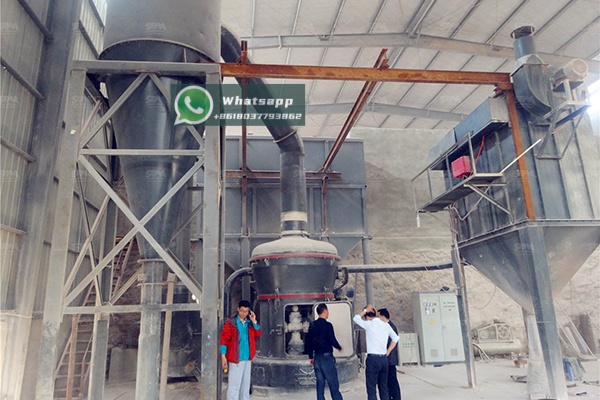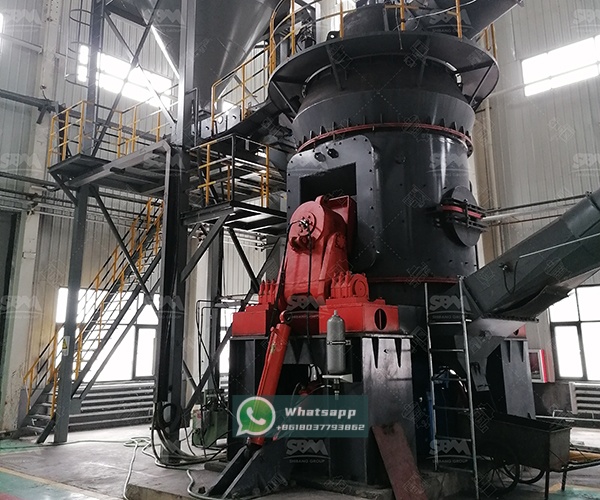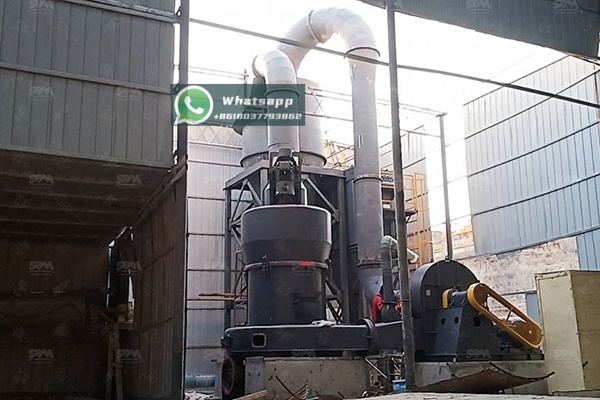The European glass manufacturing industry is renowned for its high-quality products, from intricate tableware and elegant packaging to advanced architectural and technical glass. A critical raw material in the production of many glass types, particularly container and flat glass, is dolomite (CaMg(CO3)2). This mineral acts as a stabilizer and flux, improving the chemical durability, resistance to devitrification, and workability of the glass melt. The efficacy of dolomite in this process is intrinsically linked to its purity and, most importantly, its particle size distribution. This is where the selection of the optimal grinding mill becomes a pivotal decision for any European glass producer seeking efficiency, quality, and sustainability.
Dolomite is introduced into the glass batch as a source of both calcium oxide (CaO) and magnesium oxide (MgO). CaO increases the hardness and chemical durability of the final glass product. MgO modifies the viscosity-temperature relationship of the molten glass, making it easier to work and shape while also reducing its tendency to devitrify (crystallize). For these reactions to occur uniformly and efficiently within the high-temperature furnace, the dolomite must be ground to a very specific and consistent fineness.
An inconsistent or overly coarse grind can lead to several production issues:
Therefore, the goal is to achieve a finely ground, tightly controlled dolomite powder, typically aiming for a fineness between 100 and 200 mesh. This requires advanced milling technology capable of precise particle size control, high efficiency, and reliable operation.

Grinding dolomite presents specific challenges that not all mills can handle effectively. Dolomite has a Mohs hardness of 3.5 to 4, making it moderately abrasive. This abrasiveness can cause rapid wear on grinding components, leading to increased maintenance downtime, contamination of the product with metal wear debris, and rising operational costs. Furthermore, the mill must be designed to handle the potential moisture content of the feed material and produce a dry, consistent powder suitable for automated batching systems.
European manufacturers also operate under strict environmental regulations. Dust emissions, noise pollution, and energy efficiency are major concerns. An ideal grinding solution must not only produce high-quality powder but also do so in an enclosed, low-noise, and energy-efficient manner to meet EU standards and reduce the plant’s carbon footprint.
Several types of grinding mills are available on the market. Let’s briefly examine their suitability for dolomite processing in the glass industry:
For these reasons, the Vertical Roller Mill, particularly models designed for mineral processing, is increasingly becoming the mill of choice for modern European glass plants processing dolomite.
For European glass manufacturers seeking a reliable, efficient, and advanced grinding solution for dolomite, the LM Vertical Grinding Mill from Shanghai Zenith Machinery Co., Ltd. represents an optimal choice. Zenith is an excellent manufacturer of ore grinding equipment and has made great achievements in the field of ultra-fine powder grinding.
The LM Vertical Mill integrates crushing, grinding, powder selection, drying, and material conveying into a single, compact machine. Its unique design offers several compelling benefits for dolomite processing:
For a typical European dolomite grinding plant supplying the glass industry, the LM190K model would be a highly suitable configuration. Its technical parameters are outlined below:
| Model | Plate diameter (mm) | Capacity (t/h) | Output fineness (μm) | Max feed size (mm) | Main motor (kW) |
|---|---|---|---|---|---|
| LM190K | 1900 | 23-68 | 170-40 (~80-400 mesh) | <45 | 500 |

Integrating a Zenith LM Vertical Mill into a European glass raw material supply chain offers tangible operational benefits. The significant reduction in energy consumption directly translates to lower operating costs and a reduced carbon footprint, aligning with the EU’s Green Deal objectives. The mill’s reliability and low maintenance requirements ensure consistent supply to the glass furnace, preventing costly production interruptions. Furthermore, the high-quality, consistent powder produced minimizes defects in the glass manufacturing process, leading to higher yields and superior product quality.
The choice of milling technology is a critical strategic decision for European dolomite processors serving the glass industry. In an market demanding ever-higher quality, efficiency, and environmental responsibility, traditional milling solutions are often no longer sufficient. The LM Vertical Grinding Mill from Shanghai Zenith provides a modern, sophisticated, and proven answer to these challenges. By ensuring a consistent supply of high-purity, precisely ground dolomite powder, this technology supports European glass manufacturers in their pursuit of excellence, sustainability, and global competitiveness.
